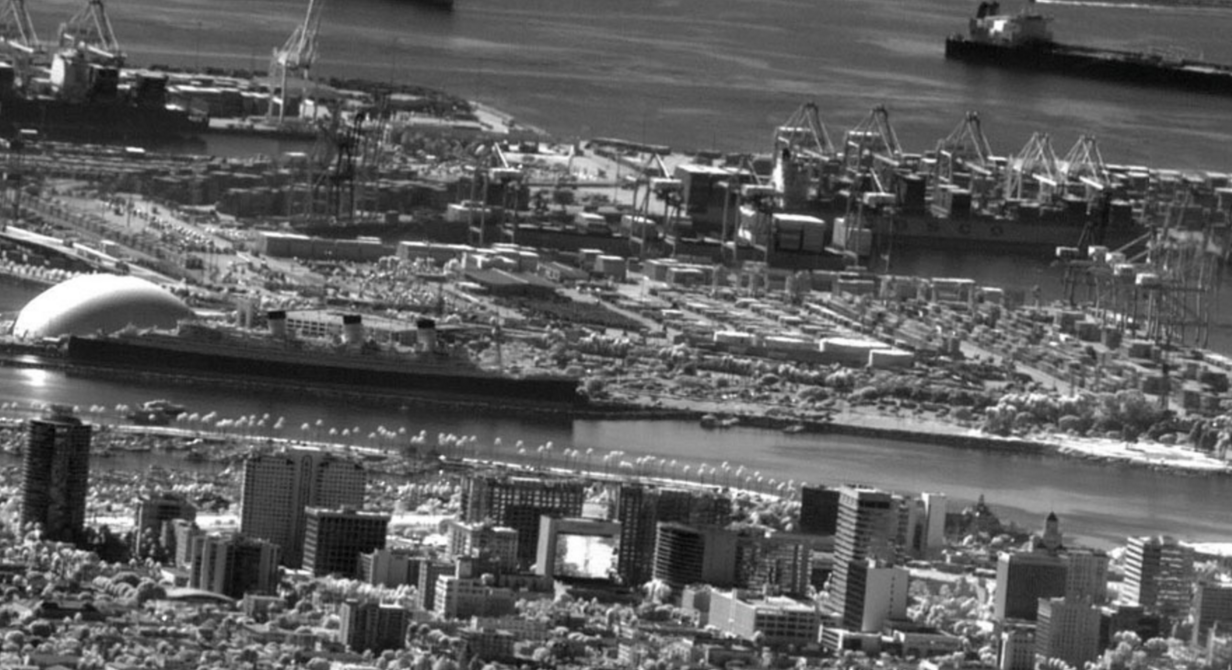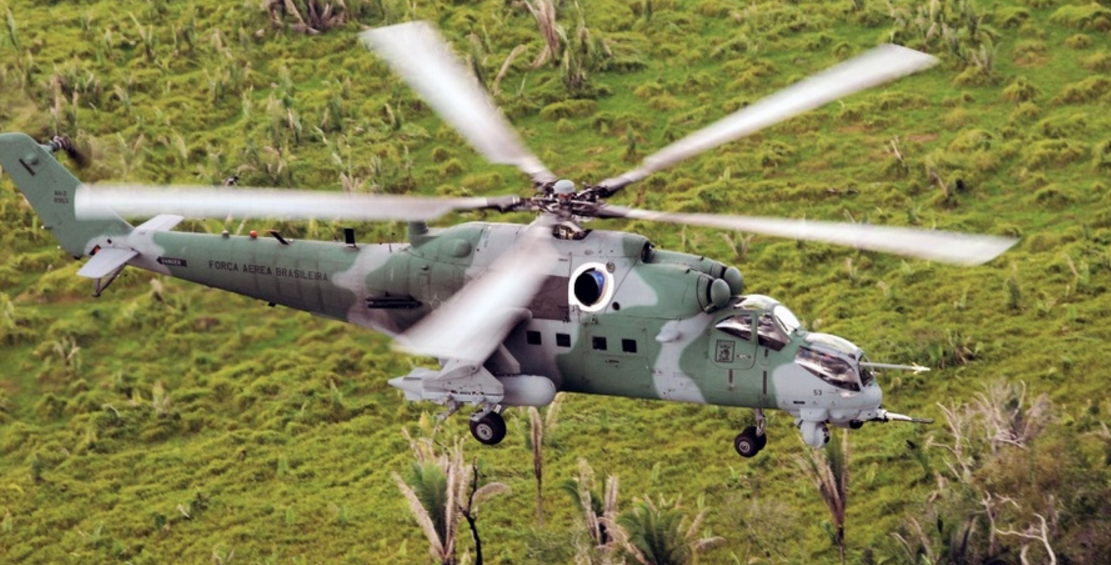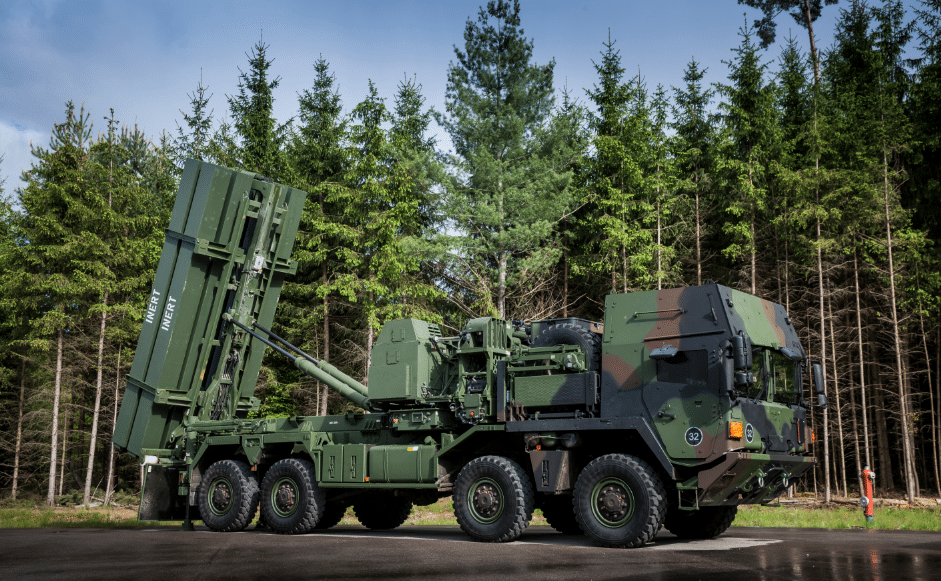2619Views 18Comments

JF-17 should get a reconnaissance pod
10 March 2016
By Bilal Khan
With beyond-visual-range (BVR) air-to-air warfare and precision-guided air-to-ground strike capabilities, the JF-17 has emerged as a credible multi-role fighter, especially from the standpoint of being the Pakistan Air Force (PAF)’s workhorse asset. The JF-17 Block-III has the potential to go further by adopting current advances in radar, avionics, and munitions technology. In addition to the subsystems slotted for use on the JF-17, it may be prudent for the PAF to incorporate a photo-reconnaissance pod on the Block-III.
A photo-reconnaissance pod will enable the JF-17 to capture high-resolution photos at stand-off range (i.e. away from the risk of enemy engagement). Like the DB-110 equipped on the PAF’s F-16s, the JF-17 could enable the PAF (or another end-user) to acquire a thorough understanding of an area. Think of a mountainous area, the JF-17 could capture highly detailed imagery of that area’s hills and pathways. In turn, that imagery could be fed to one of the JF-17’s three multifunction displays (MFD), which could be used to help a pilot in his or her strike operations. Alternatively, the photos could be passed to a ground station via data-link.
The capacity to engage in imagery intelligence (IMINIT) work would enable the JF-17 to serve as a valuable intelligence, surveillance, and reconnaissance (ISR) asset. We discussed the idea of equipping the JF-17 Block-III with a suite of versatile air-to-air and air-to-surface munitions (from South Africa), which could enable the Thunder to fulfill a wide range of combat roles. However, the added inclusion of a photo-recon pod would position the JF-17 as a solution for multiple requirements. Imagine the prospect of informing a prospective customer about how the JF-17 could play a role in building a country’s ISR capabilities.
Granted, it is very unlikely the JF-17 would ever be equipped with something directly comparable to the DB-110 (an industry leading solution), but there are genuinely good alternatives. One example could be the Modular Reconnaissance Pod (MRP) developed and produced by the Danish vendor Terma. The MRP was originally developed for use on the Royal Danish Air Force’s F-16s, but it has since evolved into an export-oriented solution. The Swedish Air Force’s JAS-39C/D Gripen became the first outside of the Viper family to be integrated with the Terma MRP. The PAF could work with Terma to develop a variant of the MRP that is suited to the JF-17.
Interestingly, the Turkish vendor Aselsan actually bought the MRP with complete transfer of technology as well as intellectual property in May 2015. It is likely Aselsan will use the technology to roll out a variant of the MRP for use on its own fighters. However, Aselsan’s acquisition clearly demonstrates that Terma is a route worth considering, at least from the angle of acquiring a modern photo-recon pod and being able to produce and maintain it domestically.
If integrated and marketed with the JF-17, the pod could open an additional layer of long-term commercial work for Pakistan Aeronautical Complex (PAC), especially in terms of lifecycle maintenance and upgrades. Moreover, integrating a pod of this nature with the JF-17 would imbue the PAF with a redundant solution to the DB-110 and F-16, which may end up being of immense benefit in case it becomes difficult to source additional units (or even maintenance and repair). The benefits of this route would be seen domestically and commercially.



18 Comments
by srmklive
It has to be in JF-17 Block-III along with a IRST integration. This has to PAF’s target for Block-III.
by jigsaww
Most likely already on cards on block 3.
by MT
Sad state of affair for Pakistan where Kamra can barely make some portion of fuselage, wire, nuts and volts!
by jigsaww
Hi,
@Bilal
I would request you to ban this troll from this site. It’s pretty obvious he is not here for any honest discussion.
by Ashi Sidhu
its an honest discussion he is talking about jf 17 only
by jigsaww
That’s not for you to decide. Mind your own business.
by saqrkh
I’ll begin moderating comments if deemed to be needlessly off-topic.
by jigsaww
thanks.
by Ashi Sidhu
now i understand why democracy is suffering in Pakistan
by saqrkh
Well to be fair…Quwa is my domain.
Here, I am the law 😉
by MO
Join indian sites if u want to enjoy democracy and filthy language
by jigsaww
Yeah. Now i understand why India is so haphazard.
Looking forward to seeing something productive from you.
Have a good day.
by MT
Pakistan is epitome of discipline– We can see from its industrial capabilities, service sector and democratic indicators:)
Both countries are technically inferior countries– Pak is more in the bottom side as it hasnt progressed beyond integration of some systems
by Raja Waqas
First of all an extra hard point requires for the integration of that pod and secondly RD-93 remains fail to give more thrust to weight ratio to JF-17 thunder…how could those issues reduce or meager till to 2020 in other hand India is working on stealth fighter with Russia and French Rafale is also in her pocket …????
by Qasim57
Over 40% of India has “emergency law”, from Kashmir to chatisgarh. Those who live in glass houses, should not throw stones…
This Modi democracy where minorities are insulted with “ghar wapsi”, and federal ministers get “report cards” from the RSS terrorist group. They don’t even think lower-caste Hindus are human beings, the previous Army chief compared a Daleet death, to the killing of a dog — “nothing significant”.
by zorkor
you mean to say Democracy is flourishing in India? LOL
by Qasim57
The engine seems to be the biggest thing holding the JF-17 down.
Not only does it prevent the JF-17 from being a Mach-2 capable fighter, it also restricts payload, loiter-time, etc. The RD-93 is not the most fuel-efficient engine.
Other than the engine, this Jet’s got the latest Chinese armament, same SD-10/PL-12 BVR missiles China’s own front-line forces field, even China’s latest “carrier-killer” missile which should be more than enough for India’s 60’s-designed Kiev-class carrier(China’s “Varyag” carrier was designed a 80’s era replacement, but only Russia and China got one).
by Javed
Hold your horses even car model is changed every 4 years and this state of the art $25 million fighter jet. But remember whole Chinese aerospace industry weight is there to support it.
We are going to see many great features in coming years. Just look back and see how far we have progressed in the last 7 years.